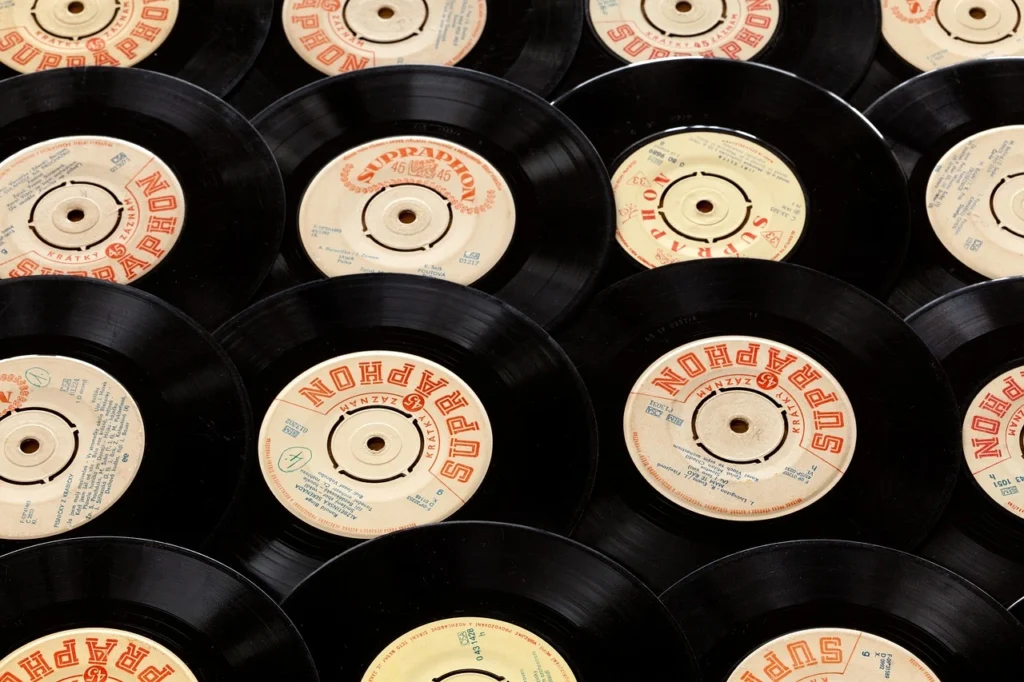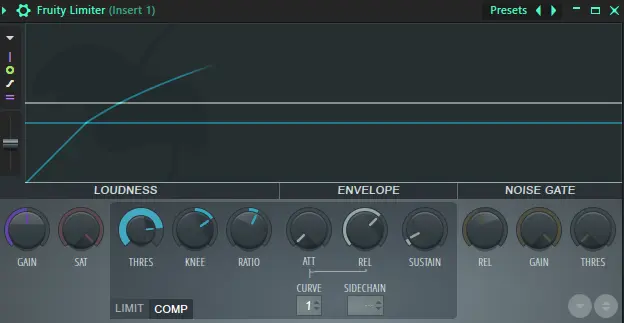How does record labels work?
Record labels play a crucial role in influencing an artist’s career and popularizing their music in the modern music environment. Record labels perform a complex and vital function, ranging from spotting undiscovered talent to organizing international music releases.

How does record labels work?
Record labels play a crucial role in influencing an artist’s career and popularizing their music in the modern music environment.
Record labels perform a complex and vital function, ranging from spotting undiscovered talent to organizing international music releases.
We’ll dive into the complex inner workings of record labels in this extensive tutorial, illuminating every step of the process from signing an artist to putting out successful singles and albums.
Table of Contents
- Introduction
- The Significance of Record Labels in the Music Industry
- Artist Discovery and Development
- Scouting New Talent
- A&R (Artists and Repertoire)
- Artist Branding and Image Building
- The Recording Process
- Pre-production and Song Selection
- Studio Recording and Production
- Mixing and Mastering
- Music Distribution and Marketing
- Crafting a Release Strategy
- Digital Platforms and Streaming Services
- Promotional Campaigns and Publicity
- Monetization and Royalties
- Revenue Streams for Artists
- Types of Royalties
- Copyright and Licensing
- Touring and Live Performances
- Organizing Concerts and Tours
- Sponsorships and Endorsements
- Live Performance Agreements
- Challenges and Evolving Industry Trends
- Navigating the Digital Age
- Independent Labels vs. Major Labels
- Addressing Streaming and Piracy Concerns
- Conclusion
Introduction
At the center of the ever-evolving music industry are record labels, the companies that turn creative ambitions into hit records. We’ll take a tour through the life cycle of a record label’s engagement in this article, from finding undiscovered gems to taking over the airwaves.
The Significance of Record Labels in the Music Industry
As the impetus behind music production, promotion, and distribution, record labels are essential to the music industry. They offer the facilities and tools required for artists to prosper in a cutthroat industry.
Artist Discovery and Development
Scouting New Talent
Record labels are always searching for new artists. A group of talent scouts searches social media, internet platforms, and local venues for up-and-coming musicians with the potential to become big stars.
A&R (Artists and Repertoire)
The A&R division is crucial in choosing which artists to sign. They assess the musician’s skill level, reputation, and marketability prior to making a contract offer.
Artist Branding and Image Building
Following a signing, the label strives to enhance the artist’s image and brand. Every element, including social media presence and photoshoots, is carefully chosen to appeal to the intended demographic.
The Recording Process
Pre-production and Song Selection
Artists work with producers and composers to build a catalog of songs before entering the studio. The label helps choose the tracks that have the best chance of being produced.
Studio Recording and Production
Modern recording studios turn into a creative sanctuary for artists. To create the ideal sound, sound engineers, producers, and session musicians work together.
Mixing and Mastering
The songs are painstakingly mixed and mastered after recording to produce a high-quality sound that is compatible with a wide range of listening devices.
Music Distribution and Marketing
Crafting a Release Strategy
The label plans out the platforms and release schedule. Will it be a well-thought-out rollout or a surprise drop? These choices affect how people react to the music.
Digital Platforms and Streaming Services
Digital music services such as Spotify, Apple Music, and others are used for music distribution. The label improves discoverability by optimizing keywords and metadata.
Promotional Campaigns and Publicity
To create buzz, a thorough marketing strategy is carried out that includes media coverage, music video releases, and social media teases.
Monetization and Royalties
Revenue Streams for Artists
A portion of an artist’s profits, mostly from music sales and streaming, goes to record labels. Revenue is also impacted by goods and live performances.
Types of Royalties
Royalties are paid to artists through a variety of channels, including media placements, performance royalties from broadcasts, and mechanical royalties from purchases.
Copyright and Licensing
Labels guarantee the protection of the intellectual property of the artist. Music can be utilized in movies, TV shows, and other media thanks to licensing agreements, which increase revenue.
Touring and Live Performances
Organizing Concerts and Tours
Booking agencies and labels work together to plan concerts and international tours; labels supply the financial and logistical support.
Sponsorships and Endorsements
Successful musicians frequently draw endorsements and sponsorships, which improve their public image in addition to increasing revenue.
Live Performance Agreements
Agreements are drawn up to outline the terms of live performances, including venue, ticketing, and revenue sharing.
Challenges and Evolving Industry Trends
Navigating the Digital Age
Music consumption has changed as a result of the digital revolution, forcing labels to adjust to online streaming and distribution strategies.
Independent Labels vs. Major Labels
Artists must choose between signing with a major label for greater resources and exposure or an independent label for more creative flexibility.
Addressing Streaming and Piracy Concerns
In an era where streaming is king, labels face obstacles including stopping piracy and making sure artists get paid fairly.
Conclusion
Within the dynamic music industry, record companies continue to be a primary catalyst for an artist’s ascent to fame. They act as a helping hand, turning musical dreams into real accomplishments, from fostering talent to planning global releases.
Check the blog related to this Blog
Can AI Replace Human Musicians? Exploring the Future of Music Creation

Can AI replace human artists? Artificial intelligence in music Can AI Replace Human Musicians? Introduction Artificial intelligence in music (AI) is swiftly changing multiple industries, and the music sector is no different. The incorporation of AI into music production, songwriting, and live performance has opened the door to inventive practices and technologies that question conventional…
How to Use Vocal Compressor?

How to Use Vocal Compressor? Vocal compression is an important step in music production for creating a refined sound. This article covers everything from how to set up your compressor and dial in the optimum settings to advanced techniques like as parallel and side-chain compression. Learn how to control dynamic range, establish voice presence, and…
Difference Between Home Studio and Professional Studio

Difference Between Home Studio and Professional Studio Discover the fundamental distinctions between home and professional audio production facilities. Learn about each type of studio’s equipment, technology, and expenses, as well as the benefits and drawbacks. Whether you’re a hobbyist or a professional, this guide will help you select the best configuration for your requirements. Introduction…




Leave a Reply